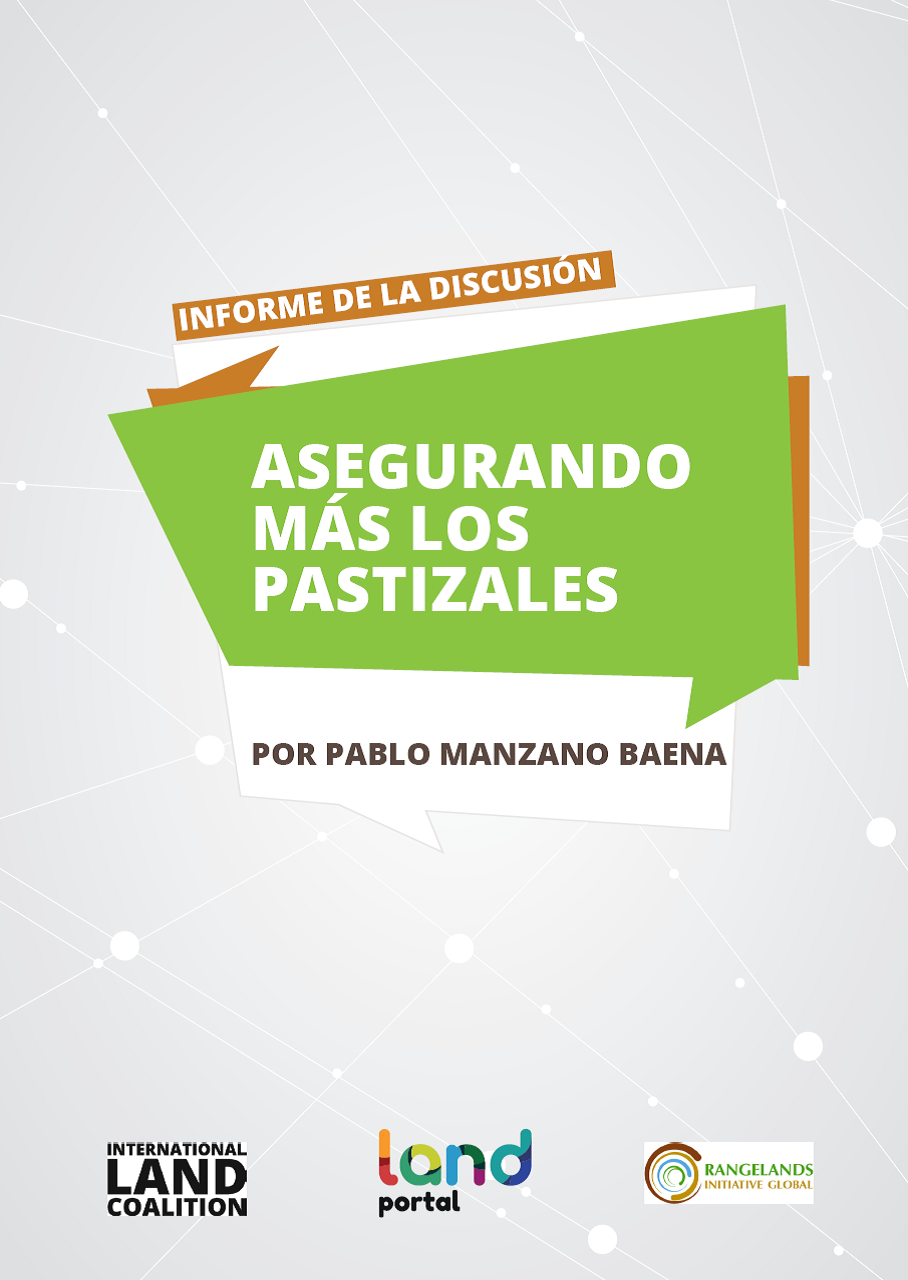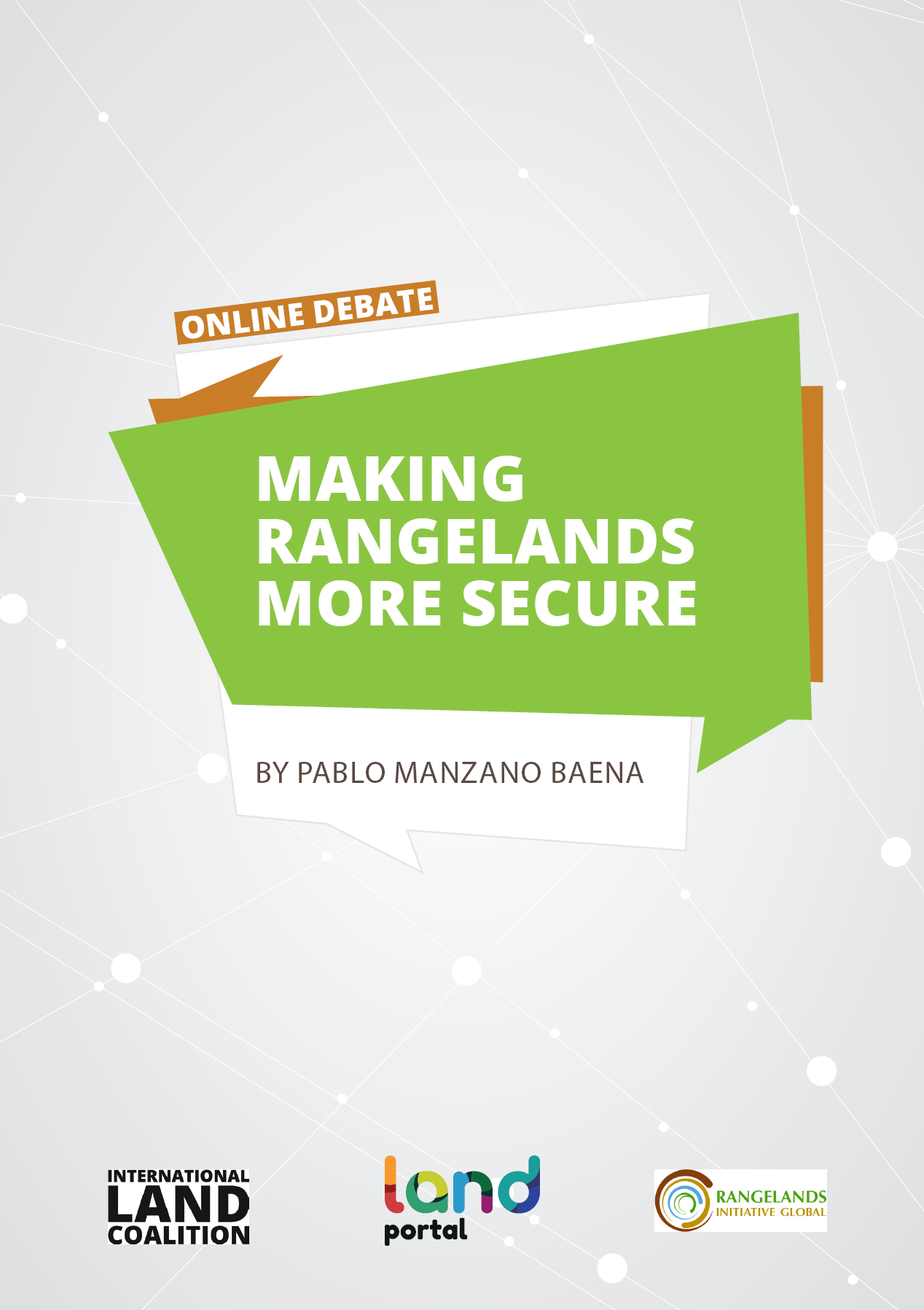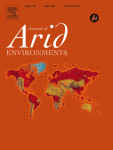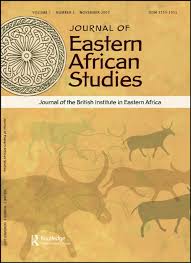ОБЕСПЕЧЕНИЕ ЕЗОПАСНОСТИ ПАСТБИЩНЫХ УГОДИЙ
Обеспечение пастбищных угодий является важной продолжающейся дискуссией из-за сложного планирования, необходимого для их использования, а также отсутствия признания или защиты. В интерактивном обсуждении, которое проходило с 29 января по 14 февраля 2018 года, 38 участников с 4 континентов обсудили основные проблемы, решения и извлеченные уроки, а также пути для многосторонних платформ. Горнодобывающая промышленность и расширение культур являются крупнейшими угрозами для пастбищных угодий, которые вызывают разрушение коридоров мобильности, захват земель и маргинализацию скотоводов.












